Candidates preparing for the Common Law Admission Test (CLAT) must practice real exam questions from every section. One of the most important sections for the CLAT UG exam is the Quantitative Aptitude, officially known as Quantitative Techniques. To better familiarize themselves with the types of questions asked in the exam, students must solve Quantitative Aptitude Questions for CLAT. We have provided some important CLAT quantitative techniques questions in the article below for free practice.
Quantitative Aptitude Questions for CLAT
The quantitative Techniques part accounts for just 10 percent of the CLAT exam, but it can be a crucial element for candidates seeking admission to the esteemed National Law Universities (NLUs). A candidate cannot afford to lose marks in the CLAT exam by neglecting the Quantitative Techniques section. By practicing the quantitative aptitude questions for CLAT, students can be fully assured that they score full marks in this section.
Quantitative Aptitude Questions for CLAT 2026
The Consortium has not yet revealed the CLAT Exam Pattern for 2026. Nonetheless, following the trend from previous years, the CLAT Question Paper 2026 is expected to include approximately 13-17 questions; if candidates prepare wisely, a 10 percent advantage will be to their benefit. Short collections of facts, statements, graphs, or other written, visual, or diagrammatic representations of numerical data will come in the CLAT Quantitative Aptitude section. Candidates must carefully read the paragraph or information provided, extrapolate information from it, use mathematical procedures, and then respond to the questions that follow.
CLAT Quantitative Techniques: Exam Pattern & Syllabus
Before starting the preparation for the upcoming CLAT Quantitative Aptitude section exam, candidates must carefully go through the latest exam pattern and CLAT Syllabus. This section mainly evaluates students’ mathematical ability, logical application, and problem-solving skills based on short sets of facts or graphs. Questions are generally of Class 10 standard and include topics such as arithmetic, algebra, geometry, statistics, and data interpretation. Having a clear idea of the exam pattern helps students manage time effectively, while knowing the syllabus ensures they focus only on relevant topics. Candidates can check the detailed exam pattern and syllabus below:
| Particulars | CLAT Quantitative Techniques Pattern |
|---|---|
| Type of questions | Passages followed by MCQs |
| Number of reading passages | 3-4 comprehensions of 300 words each |
| Total questions | 13-17 |
| Total marks | 13-17 |
| Marking | One mark for each correct answer |
| Negative marking | -0.25 for incorrect answer |
| Approximate weightage in CLAT exam | 10% |
CLAT Quantitative Aptitude Syllabus 2026
The CLAT syllabus for Quantitative aptitude includes:
Passage/Graphs/Other Representations
- Derive, infer, and manipulate numerical information given in the questions.
Required Knowledge
- Basic mathematics
- Ratios and proportions
- Basic algebra
- Mensuration
- Statistical estimation
Practice Quantitative Aptitude Questions for CLAT 2026
Q1) A’s salary is 50% more than B’s, then by what percentage B’s salary is lesser than A’s salary?
(a) 182/3%
(b) 80%
(c) 271/3%
(d) 331/3%
Q2) Quicklime contains 42.85% of oxygen by weight. Determine the weight of oxygen in 749 gm quicklime.
(a) 214 gm
(b) 321 gm
(c) 316 gm
(d) 351 gm
Q3) If 60% of students in a college are boys and total number of girls in the college is 460, find the number of boys in college.
(a) 620
(b) 780
(c) 690
(d) 700
Q4) 32% of a number is less than 16% of 450 by 24. Find the number.
(a) 280
(b) 150
(c) 250
(d) 190
Q5) Two numbers are respectively 20% and 30% less than a third number. What percent is the second of the first?
(a) 83 4/5%
(b) 87.5%
(c) 74 1/3%
(d) 78.4%
Q6) 48 when increased by 12.5% equals x. Find the value of x.
(a) 54
(b) 60
(c) 60.5
(d) 173
Q7) Population of a city increase at the rate of 12.5% every year but due to infection in the city the population decreases by 10% in last year. If present population of the city is 5832, then find out the population of city 3 years ago?
(a) 5200
(b) 5400
(c) 5100
(d) 5120
Q8) Of the 1000 inhabitants of a town, 60% are males of whom 20% are literate. If, of all the inhabitants, 25% are literate, then what percent of the females of the town are literate?
(a) 32.5
(b) 43
(c) 46.6
(d) 53.2
Q9) If the price of a commodity is increased by 30%, by how much % a consumer must reduce his consumption so as to keep the expenditure same?
(a) 100/13
(b) 200/13
(c) 300/13
(d) 400/13
Q10) A fruit seller had some apples. He sells 40% apples and still has 420 apples. Originally, he had:
(a)600
(b)500
(c)700
(d)None of These
CLAT Quantitative Aptitude Preparation Tips
Follow the strategies provided below to score full marks in CLAT 2026 quantitative techniques section.
- Solidify your fundamentals: To tackle questions in the Quantitative Techniques section, applicants must strengthen their foundational knowledge. If candidates believe they lack conceptual understanding of certain subjects, they should consult their Class 8 NCERT books to strengthen their fundamentals.
- Consistent practice: Consistent practice is essential for success in the Quantitative Techniques portion. Candidates ought to spend a minimum of one hour daily on answering Quantitative Techniques questions at the Class 10 difficulty level.
- CLAT question papers: After candidates have practiced a sufficient number of questions from each area of Quantitative Techniques, they should work on last years’ CLAT question papers and sample papers.
- Master shortcuts: In Mathematics, acquiring shortcuts for solving problems and calculations is crucial. Through the use of shortcuts, candidates can answer the questions significantly faster than previously, thus conserving enough time to tackle other sections.
- Concentrate on precision: Exam takers must make certain that every calculation they perform during the test is entirely precise. Due to the negative marking of 0.25 marks, small calculation mistakes can be quite costly.

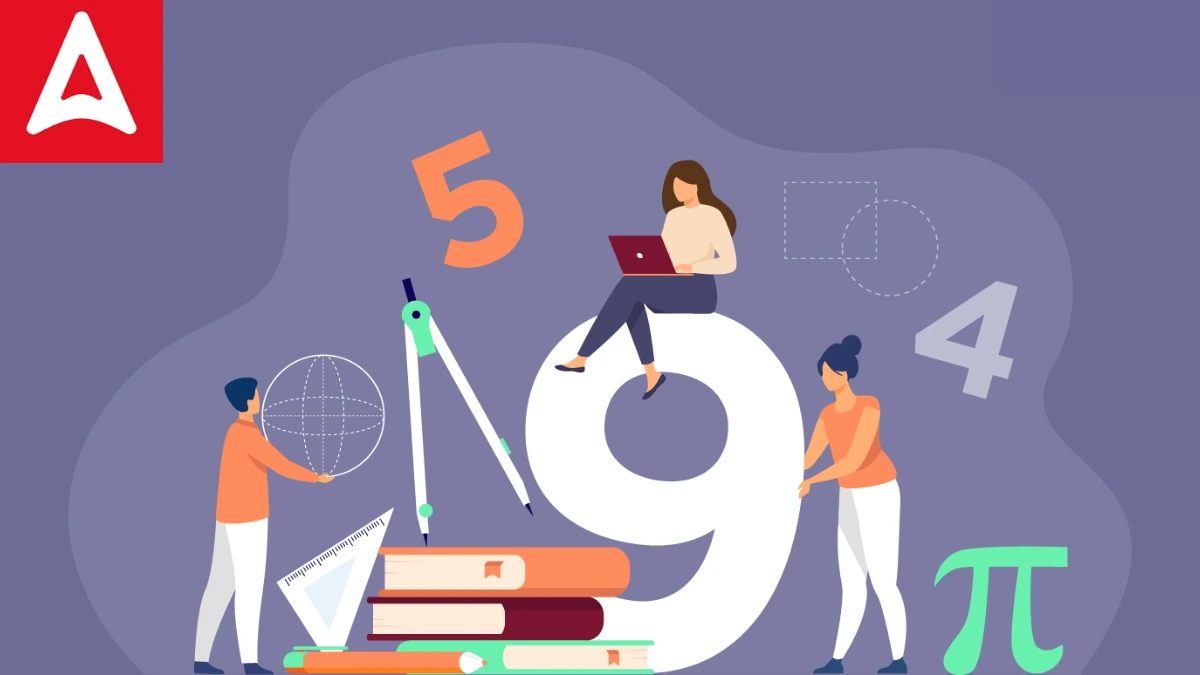

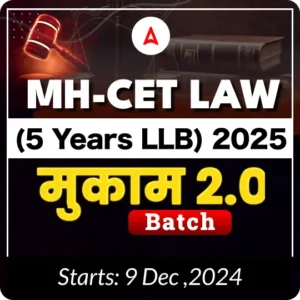







 SLAT 2026 Exam Date Out, Check Eligibil...
SLAT 2026 Exam Date Out, Check Eligibil...
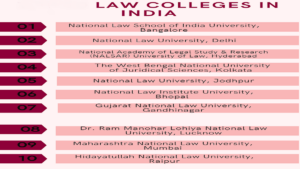 AILET Colleges 2026 List Out, Know Which...
AILET Colleges 2026 List Out, Know Which...
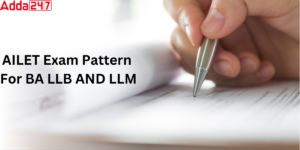 AILET Exam Pattern 2026, Check Marking S...
AILET Exam Pattern 2026, Check Marking S...


